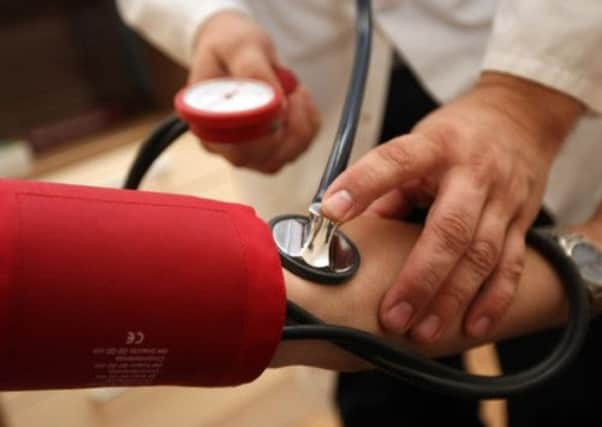One in three top-earning Scots GP practices in north


Figures on the top 100 highest-paid GP practices, obtained by The Scotsman, reveal that more than a fifth –22 – are in the Grampian region, which serves a population of 500,000 people.
A further ten are in Highland, with a population of more than 300,000.
Advertisement
Hide AdAdvertisement
Hide AdIn comparison, Scotland’s largest health board – NHS Greater Glasgow and Clyde – with a population of 1.2 million accounted for just ten practices in the list, with neighbouring Lanarkshire having seven.
Another area with a high proportion of top earning practices was Lothian, with 20 in the top 100 list.
Medical leaders said there was a long-running debate about how GP funding was divided up, with tensions over what types of community were more needy.
The figures, released by NHS National Services Scotland (NSS), reveal that in 2012-13, five practices in Scotland – three in Grampian, one in Highland and one in Fife – had earnings of more than £2 million.
The payments made to GP practices by the NHS will be used to cover practice costs, such as accommodation, bills and materials. Wages for doctors, practice nurses and other staff will also come from this total.
NHS NSS said the total paid related to payments it made to practices and did not include any payments made directly by health boards.
The highest earning practice was the Maryhill Practice in Elgin, with a total NHS income of £2.19m.
Practice manager Eileen Rae said the surgery had six GP partners as well as two assistant GPs and two trainees, serving a large list of 15,000 patients. She said they were funded in the same way as other practices, but one difference was that they held the budget for community nurses rather than these being funded directly by the health board.
Advertisement
Hide AdAdvertisement
Hide AdAlan McDevitt, chair of the British Medical Association’s Scottish GPs committee, said the top 100 list may reflect extra income, for example due to a health board paying for additional services, such as a nursing home medical service, or community hospital which may be more common in rural areas.
He added: “There is a hint that at the top end of things there is potential for higher spending on GP services in rural areas.”
Dr McDevitt said in some boards, extra incentives, such as extra holidays, had to be offered to attract doctors to work in more remote and rural areas.
He said there had been a long-running debate about whether NHS funding should be more directed at rural areas or deprived ones. “The problem is when you are talking about allocation formula you are talking about moving money literally from one area to another. So you would take money from rural and put it into deprived,” he said.
“There’s a tension in Scotland between rurality and deprivation and there always has been.”
Scottish Conservative health spokesman Jackson Carlaw said: “It’s important to consider that GPs in rural areas are also likely to be dispensing practitioners, which could explain the difference.”
Scottish Labour’s health spokesman Neil Findlay added: “It’s essential that all Scots are able to access GP practices that meet the demands of the areas they serve.”
A Scottish Government spokeswoman said: “GP funding is highly complex, involving a range of funding elements which makes it difficult to compare individual practices.”